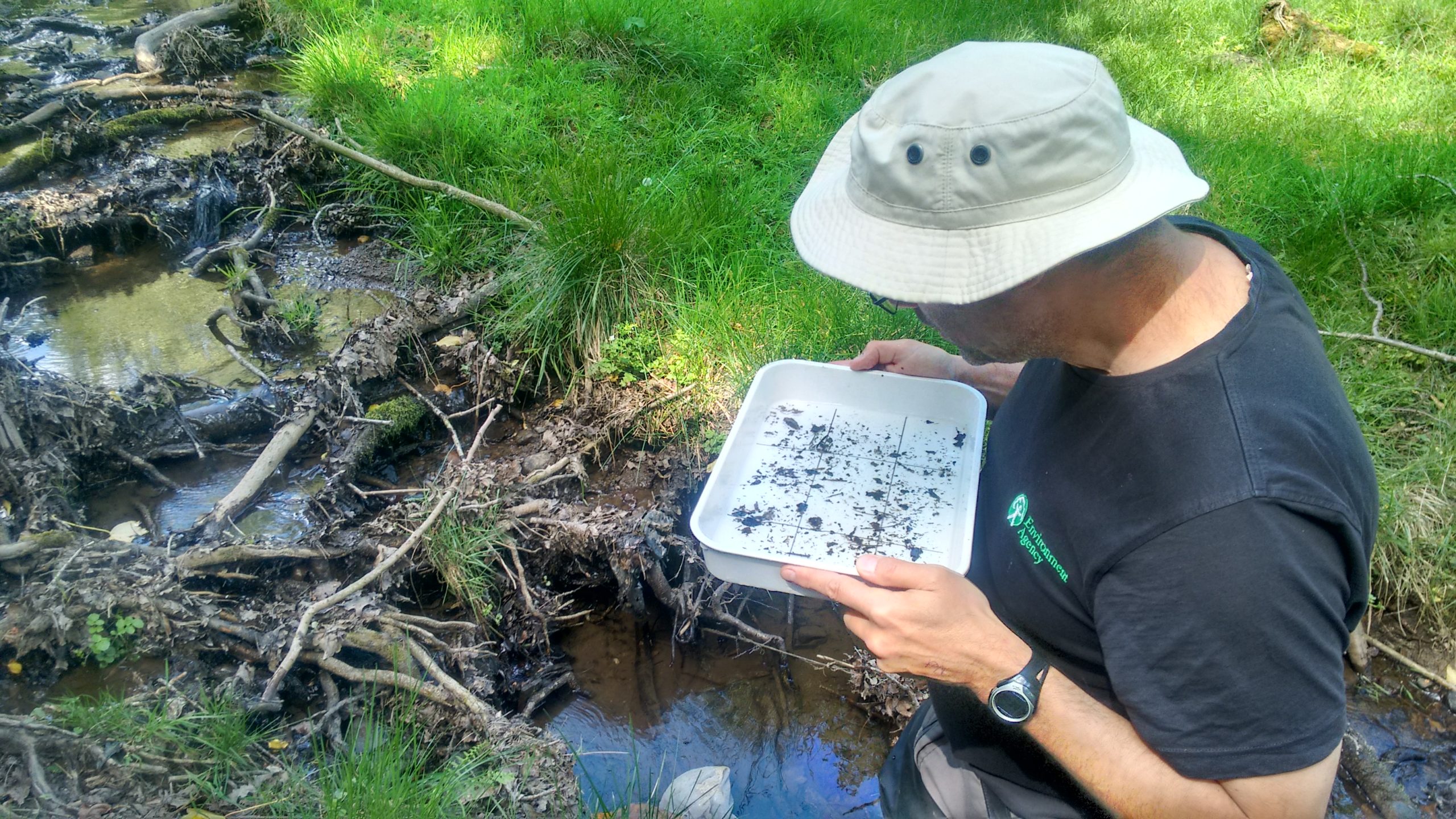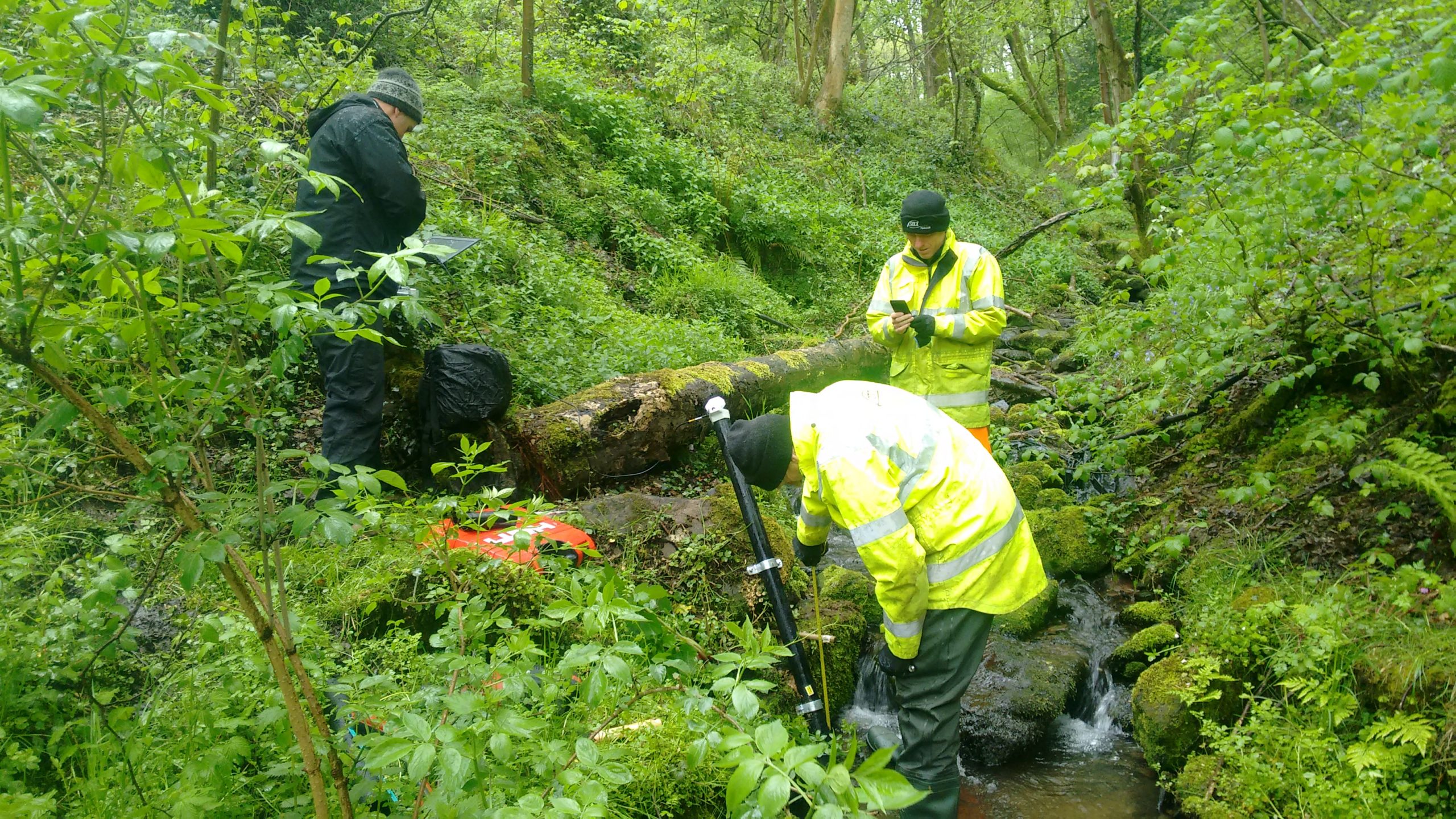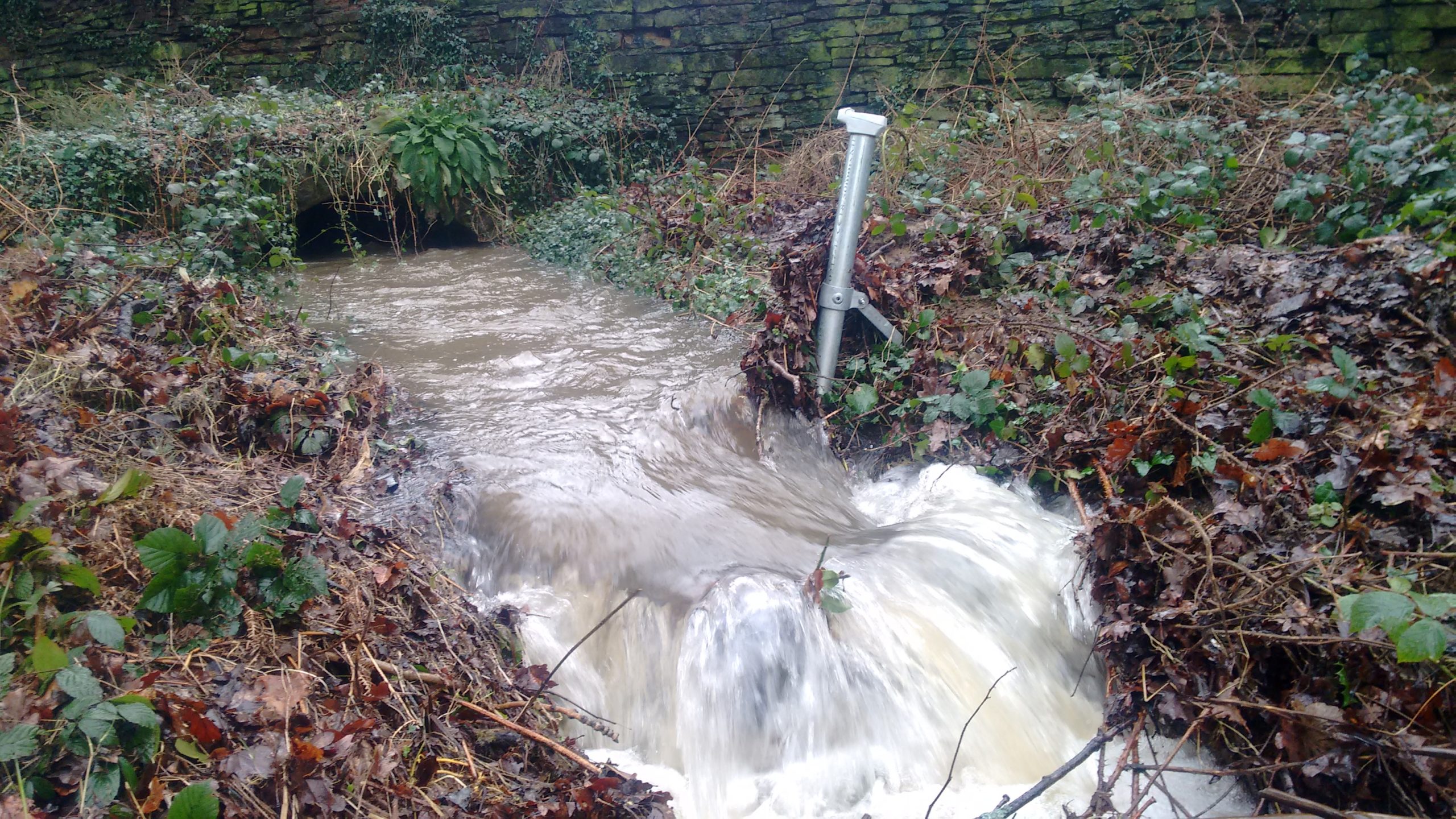From the hills and headwaters of the Don of the Sheffield fringes and Peak District, to the main rivers Don and Rother, Sheffield & Rotherham Wildlife Trust is working in partnership with others to manage sites for water and wildlife.
The Wildlife Trust is working with farmers to the west of the city, together “Working with Water”, which is part of the £3.4m Sheffield Lakeland Partnership. By talking to the farmers and walking the fields with them, the Trust is able to identify opportunities to slow the flow while protecting and enhancing wildlife habitats and the landscape itself.
Funding from the Heritage Fund and the Environment Agency is used to undertake multiple small interventions which, together, will make a difference. The farmers are able to explain to our team how their land behaves throughout the year, and what has happened in the past, particularly at times of flood or drought. As a result existing features are fenced, enhanced and expanded, allowing them to develop as wildlife havens and water retention areas. Headwater streams are buffered from erosion and allowed to “roughen up” while protected crossing points allow the farmer to continue to work the land while protecting the soils that would otherwise be heading downstream every time it rains.
The Wildlife Trust is working with the Environment Agency and others to develop and manage sites such as Woodhouse Washlands on the River Rother. Here the Trust is re-naturalising the main river and reconnecting it with its floodplain as part of the, larger, River Rother Programme. By managing flood alleviation sites such as Centenary Riverside and Kilnhurst Ings, the Wildlife Trust increases their intrinsic attractiveness to human visitors and significantly improves them as habitats for water and wetland species.
In the face of continued climate change and the expectation that we can expect more extreme and more frequent weather events, such as the flooding of autumn 2019, working with others to “Work with Water” at a landscape scale is essential to protect our wildlife and wild areas, human life, property and infrastructure.
Photos



Videos
Working with Water in the Sheffield Lakeland from Picture Story Productions on Vimeo.
Reserve manager Nabil explains how Woodhouse Washlands nature reserve prevents all this flood water from reaching the urban areas in #Rotherham and beyond!